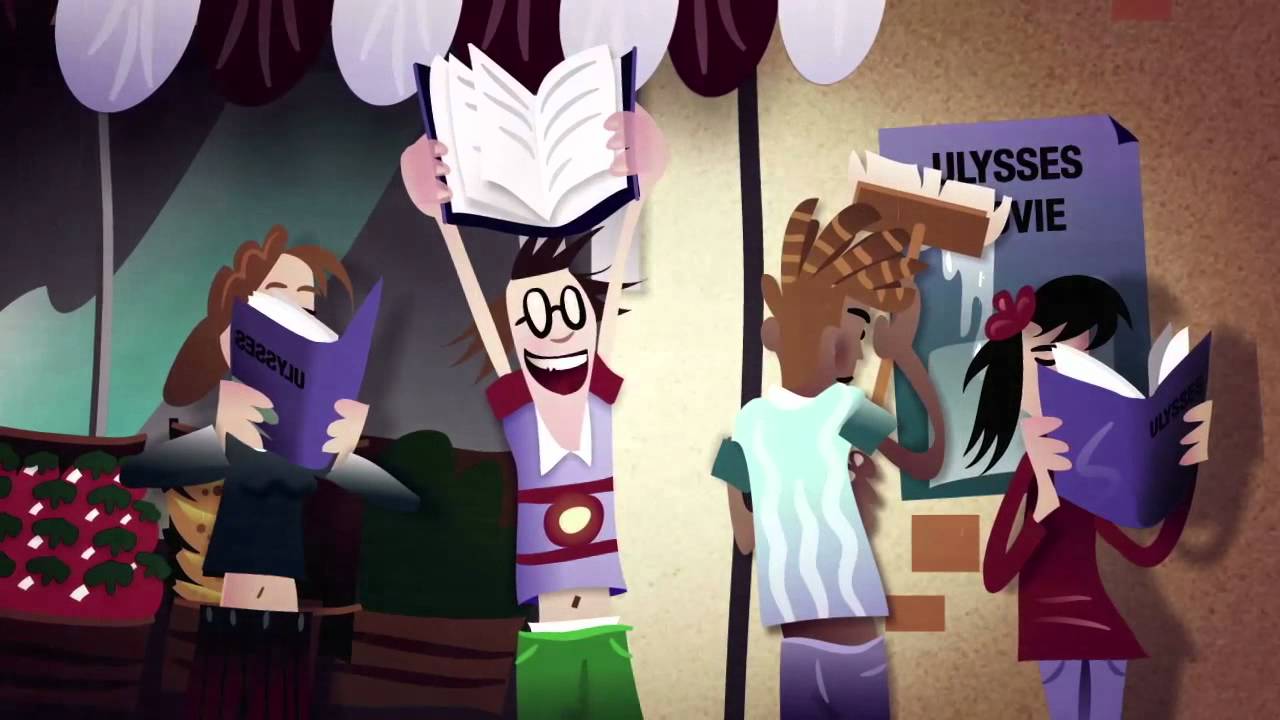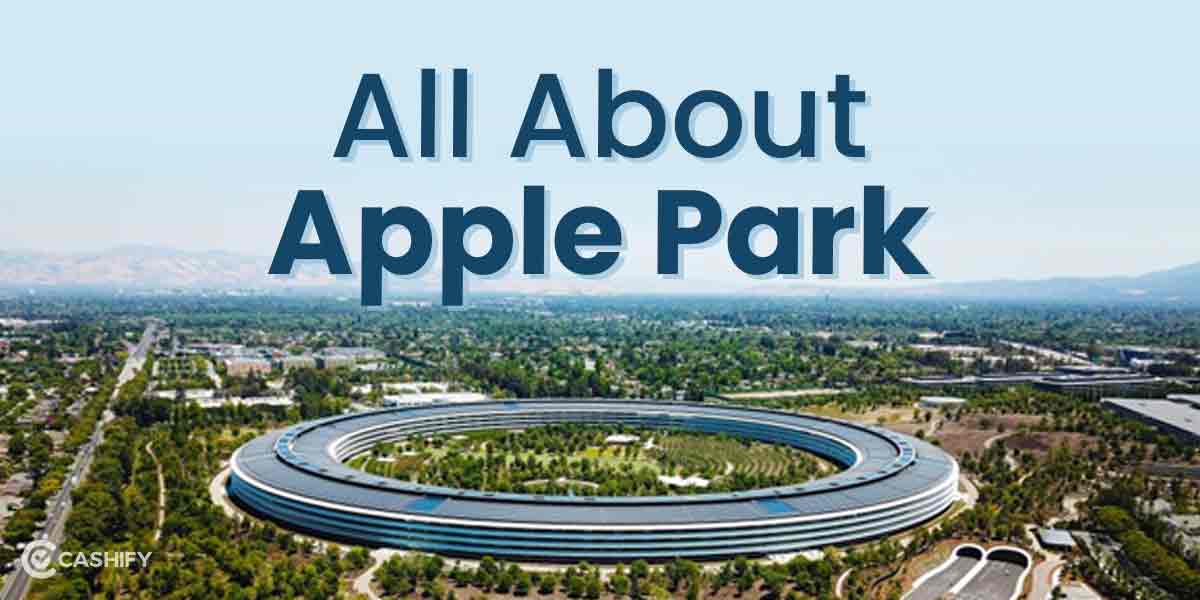In a case that has caught the attention of the tech and creative industries alike, a British court is set to hear a landmark trial involving Getty Images and Stability AI. The trial revolves around the pivotal questions of copyright infringement and the ownership of image rights when artificial intelligence is used to generate or enhance visual content. With the rapid advancements in AI technologies, this case is positioned to define the legal landscape for AI-generated content and its implications for intellectual property rights.
Getty Images, a global visual communications company, has long been the custodian of a vast repository of photographs, illustrations, and other visual media. Its business model relies heavily on licensing images to users, which has made it a significant player in the visual arts industry. The company maintains strict control over the use of its content, and it has established various measures to protect its intellectual property.
Stability AI, on the other hand, represents a new wave of companies utilizing artificial intelligence to analyze, generate, and manipulate visual materials. Their innovative approach has led to advancements in AI models that can create images based on textual prompts or refine existing visual content. While these technologies promise exciting opportunities, they also raise substantial legal and ethical questions, particularly concerning copyright.
The conflict arose when Getty Images accused Stability AI of unlawfully using its images to train their AI models. According to Getty, the data used to train Stability AI’s algorithms included a significant number of their copyrighted images, which were obtained without appropriate licenses. Getty contends that this not only violates copyright laws but also undermines the value of their brand and the hard work of the photographers and artists they represent.
In response, Stability AI has defended its practices by arguing that its operations fall within the realms of fair use or transformative use, both legal protections that allow for limited use of copyrighted material under certain conditions. The company claims that its AI-generated images do not directly reproduce Getty’s images but rather synthesize new creations by learning from the artistic styles and elements present in the original works. This argument raises questions about the extent to which AI can legitimately draw upon existing copyrighted content to create something new and original.
The implications of this trial extend beyond just the parties involved; the outcome could set significant precedents for the entire AI industry. Various stakeholders, including artists, tech developers, and legal experts, are closely monitoring the proceedings, as the ruling could influence how copyright law is interpreted in the context of AI technologies. If the court favors Getty Images, it may lead to a tightening of restrictions on how AI can utilize existing works, potentially stifling innovation in AI-driven creativity.
Conversely, if Stability AI prevails, it might pave the way for broader use of copyrighted materials in AI training, thus attracting a surge of innovation while raising further questions regarding the rights of original content creators. Legal experts suggest that the ruling may redefine the boundaries of fair use in the digital age, creating a legal framework that could either empower or limit the capabilities of AI models.
Both companies have engaged in extensive public relations campaigns to shape perceptions leading up to the trial. Getty Images has emphasized its role in promoting fair compensation for creative work and protecting the rights of image creators, while Stability AI has sought to position itself as a pioneer in technological advancement, capable of democratizing creativity by making image generation accessible to more users.
As the trial commences, observers anticipate that the court’s findings will delve deeply into the nuances of copyright law and the evolution of digital technology. The legal arguments presented by both sides will likely cover a range of topics, including the definitions and implications of copyright as they pertain to AI-generated works and the responsibilities of companies in safeguarding original content.
In addition to the immediate ramifications of the trial for both Getty Images and Stability AI, this case also serves as a crucial test for the broader AI industry. With AI technologies becoming increasingly integral to content creation across various sectors, a ruling that clarifies the legal landscape could impact a multitude of companies and creative professionals working at the intersection of technology and art.
Ultimately, this trial represents not just a dispute between two entities but a significant moment in the larger conversation about copyright, innovation, and the future of creative industries in an age dominated by rapidly advancing technologies. The court’s decision will likely influence not only how AI companies operate but also how artists and creative professionals engage with technology, potentially shaping the future of visual media for years to come.
As the trial term begins, the industry holds its breath, waiting to see which way the scales of justice will tip. In an era where machine learning and creativity increasingly intersect, redefining the principles of copyright is crucial for fostering an environment that nurtures both innovation and artistic expression.



